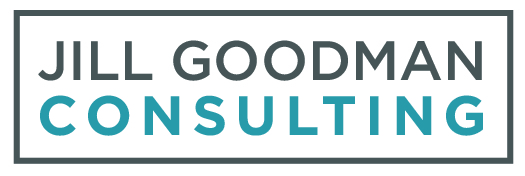The Long and Short of Attrition
As school leaders grapple with some of the most challenging decisions involving unimaginable scenarios, like whether to open classrooms to on-campus learning, or not, there are two types of attrition in play. The first is short term attrition. It is devastating because it comes on quickly as a result of outside forces, like a stock market crash, or global pandemic. That kind of attrition is generally the result of severe economic stress and unexpected inability to pay the tuition among a significant percentage of the parent population at the school.
The second, which is equally devastating, but it happens over many years, slowly and insidiously. It is just slow enough that leaders can ignore or explain away the reasons for the declining enrollment. Olaf Jorgenson wrote a brilliant, on-point, and forthright article for the Summer 2020 issue of Independent School Magazine. In it, he outlines twelve "enrollment growth mindsets" to reverse the enrollment decline. The real question is, do we have enough time to change the enrollment decline?
As of May 29, 2020, the Cato Institute reports that 44 independent schools have closed in the wake of the global pandemic. Is pandemic related attrition the only reason they closed? I am familiar with several schools on the list, and I would say no. The COVID-19 pandemic was the final nail in the coffin. The schools were struggling with issues such as: debt burden or unfathomable building maintenance that would put them in debt, changing demographics in their geographical area that caused them to award an unsustainable amount of financial aid, or a crisis of identity that started at least ten years ago. It is a combination of long and short term attrition that leads to a school’s demise.
The piece of Jorgenson’s mindsets that resonated with me and that I work with schools to uncover is “take a hard look at yourself.” As a human being, let alone a school leader, that is incredibly hard to do. Some of my clients have been unable to understand why they are seeing declining enrollment and then pour funds into programs or buildings that do not address the core issues. The research surrounding attrition that I do involves talking with people via interview, one on one. Through that process, I can learn the ways that the school did not meet the expectations of the parent or student. Consequently, they felt they had no option but to leave the school.
One of my Six Components of Parent Retention™ is the ability of the school to keep its brand promises and communicate effectively about it. Broken brand promises and the conflicts that ensue when parents perceive the breach are two of the most common reasons parents withdraw a student from an independent school. Interestingly, financial reasons for student withdrawal are generally one of the least common causes.
For the majority of independent schools in this country, in-person, on-campus learning is a brand promise. Parents and students are looking for schools to fulfill this most basic promise. The ones that are staking their flag in the ground and declaring an open date are seeing a flood of deposit money and positive parent feedback, as evidenced by this Freakonomics podcast interview with Michael Crow, President of Arizona State University.
For schools in states that have stricter regulations, the decision is more complicated. I spoke with an admissions director at a large independent K-12 school in Virginia who said that some full-pay parents are considering hiring a private tutor and withdrawing from the school if classes will still be remote in the fall. Of course, safety is the first concern. Increasingly, the brand promises are becoming more nuanced and carefully examined as the school's value proposition is called into question in a new way, potentially sparking yet a different reason for short term attrition.
The author, Jill Goodman, is a consultant working with independent school leaders to advance their school’s mission, enhance their processes, and bolster their skills.



